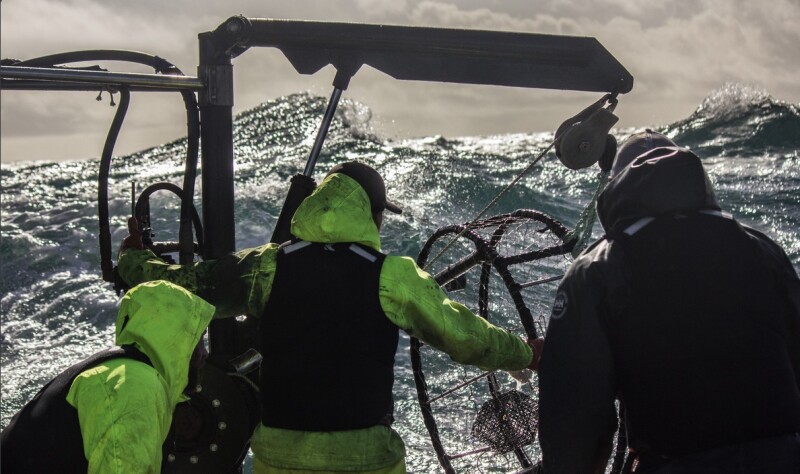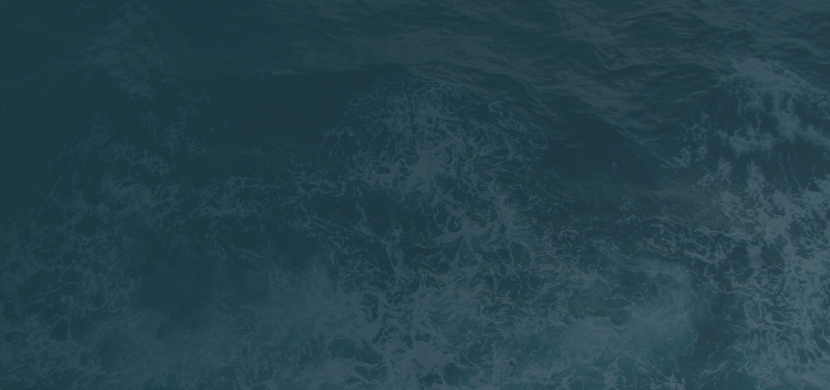February 25, 2025
Blending fishermen’s needs with regulatory requirements

Dungeness crab fishermen in Prince Rupert, British Columbia, started using the Teem Fish electronic monitoring systems in 2010 to encourage accountability in the fleet. Photo by Chelsey Ellis
Teem Fish, launched by Ecotrust Canada in 2019 and acquired by SnapGroup LP in 2021, began developing its onboard monitoring design and program expertise in 2011 in response to a demand from Dungeness crab fishermen in Prince Rupert, British Columbia.
The crab EM program started way back in 2001 as the fishermen were facing internal issues with trap theft and tampering, to quote Jillian DiMaio, fisheries director at Teem Fish. “The fishermen not only asked for this, they championed its…

You've caught the limit!
Free membership gives you access to:
- Unrestricted access to all NationalFisherman.com articles.
- Receive in-depth reports and research on various topics related to the fishing industry.
- Up-to-date news updates from the fishing industry delivered directly to your inbox twice a week.






